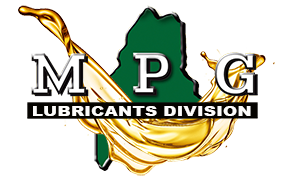How Selective Catalytic Reduction (SCR) works
Selective Catalytic Reduction (SCR) technology uses ammonia to break down dangerous NOx emissions produced by diesel engines into nitrogen and water. In automotive applications SCR delivers ammonia through a urea solution - Diesel Exhaust Fluid (DEF) - which is sprayed into the exhaust stream by an advanced injection system and then converted into ammonia on a special catalyst.
SCR is the technology of choice for the majority of truck and engine manufacturers to meet 2010 emissions standards for heavy-duty trucks.
Aside from helping the environment the biggest benefit of SCR for vehicle owners is the fuel saving which the technology provides. Because SCR deals with emissions in the exhaust pipe, engineers are able to tune the engine to provide more torque and reduce fuel consumption.
For example, Detroit Diesel's BlueTec technology boasts up to 5% better fuel economy and Cummins has said its EPA 2010 technology delivers a 5-7% fuel efficiency saving compared to EPA 2007. However, SCR systems require a regular top-up of DEF.
The technology was first used in vehicles by Nissan Diesel in 2004. Since then Selective Catalytic Reduction (SCR) has been widely implemented on diesel vehicles and by the end of 2010, more than 1 million trucks and buses had been equipped with the technology in Europe alone.
SCR can be implemented in many different ways on a diesel engine. One of the most common configurations includes four steps:
1. Reaction of the exhaust gas with an oxidation catalyst to remove hydrocarbons and convert some NO to NO2.
2. Conversion of urea from AdBlue/DEF to ammonia on a hydrolysis catalyst. This requires injection of the urea solution into the exhaust stream at the correct dosing rate, and in a way that results in no build-up of urea on the walls of the exhaust or on the injector itself.
3. Reaction of ammonia with NOx on an SCR catalyst to produce nitrogen and water.
4. A final oxidation catalyst is often installed after the SCR catalyst to destroy any remaining ammonia. This is sometimes called an ammonia slip catalyst.
For a complete explanation of how this system works in practice, see Detroit Diesel's BlueTechomepage.

